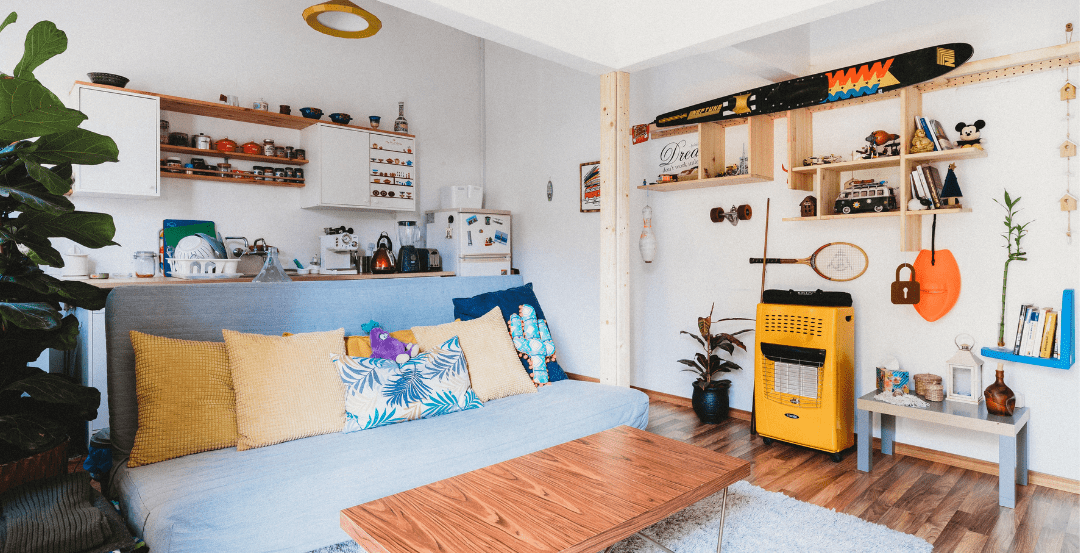One of the most important decisions students have to make when starting their university life is whether to live in a university residence or in a shared flat.
Residence halls are designed for student accommodation, providing all the comforts students need to fully enjoy their life at university. A shared flat involve a room for each student and the common sharing of areas such as the living room, dining room and kitchen.
Each of them has its advantages and characteristics that differentiate them. So in this opportunity we are going to let you know some things about both of them, so that you can choose the option that you like the most.
Services included
A marked difference between student residences and shared flat is the services that each of them has.
In the case of the residences, students have the cleaning service and the dining room, so they do not have to worry about cleaning their rooms or preparing their meals, since this is included in the monthly cost.
For a shared flat, each of the students in residence must take care of the cleaning and preparation of their meals on a daily basis, as well as collaborating jointly with the cleaning of the common areas.
Therefore, if you stay in a residence hall, you will not have to worry about things that have nothing to do with studying, but there are clearly more rules, an example of which is in terms of meal times.
Entry requirements
This is a question that young people always ask themselves when choosing the best option for a residence, and that is to know what the entry requirements are.
In the case of the residence halls, the entrance requirements are stricter. Since in order to receive visitors, you must communicate with the person in charge to welcome them in the common areas. In addition, students have a set night-time limit or time limit during which they can enter, i.e. they cannot arrive at the residence after a certain time.
For shared flats there is much more freedom, as young people in most cases have free access to the arrival and reception of visitors. Of course, it all depends on the type of flat and the rules within the flat. But in these flats there is much more freedom for young people, and they do not have to be accountable to anyone.
Rules of coexistence
The residences receive students from different universities in the city, so you see many cultures and even young people from different countries. The young people meet daily in the common areas of the building. Which means that they do not only live with their roommates, but have contact with everyone else.
For this reason, dormitories are considered to be the ideal places for young people to socialise and expand their group of friends. But the rules of coexistence in dormitories are higher and stricter. As after a certain time young people are not allowed to be out of their rooms or to make disturbing noises that interfere with the sleep or study of the other roommates.
In relation to shared flats, students only live with their flatmates, so their network of friends may be a little more limited. However, the rules of coexistence are established by all those who live in the same flat. And are not governed by any other type of pre-established rules or regulations.
Monthly costs
The price of sharing a flat is much lower than living in a student residence, but the comforts offered by a flat are less. This is because there is no cleaning service, common areas for entertainment, dining room or leisure activities.
Thus, when you invest in a student residence, you invest in everything you need to lead a comfortable university life.
Activities and events
Within the residence halls, activities and events are planned on an ongoing basis. So that students can integrate and get to know each other, learn new things and acquire new skills. Each one of these is used to make new friends and to take your mind off the stress of studying.
In the case of shared flats, these activities do not take place, as the students themselves must take the initiative to plan a meeting with friends and organise entertainment activities either inside or outside the place where they are staying.
¡Haz click para puntuar esta página!
Es muy importante para nosotros que puntúes nuestro trabajo para poder seguir mejorando. Tus opiniones ayudan al resto de estudiantes a encontrar nuestra página web.






